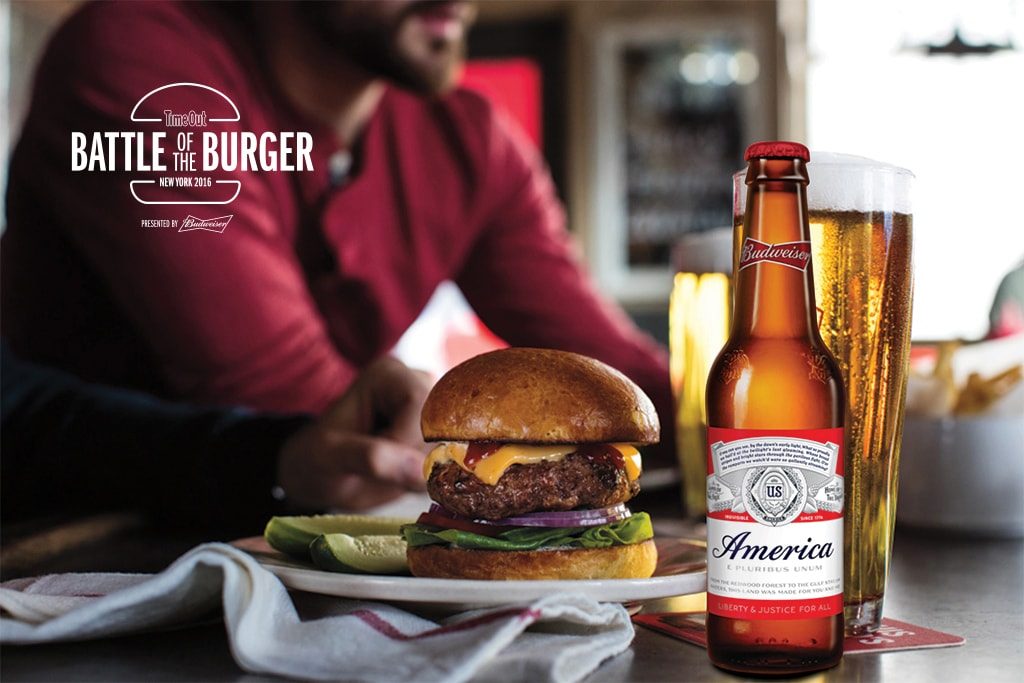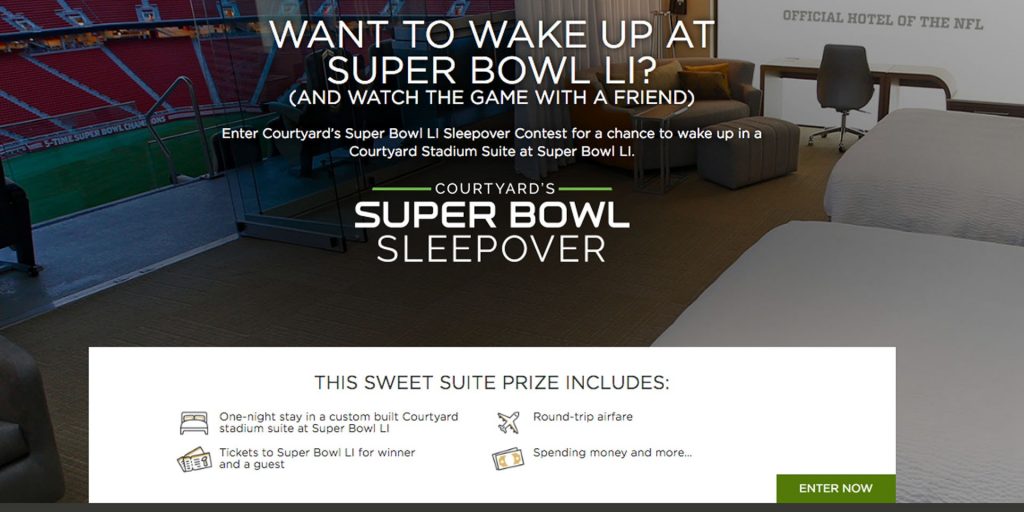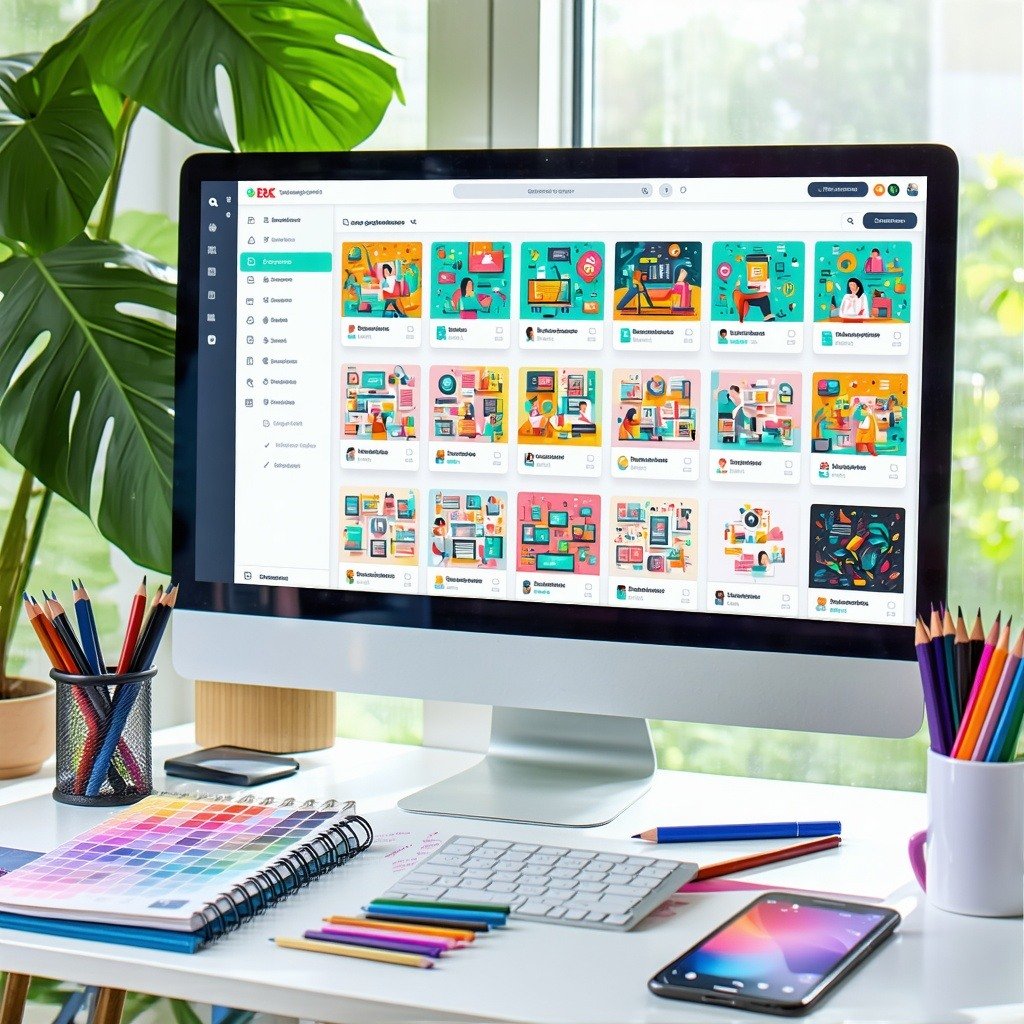Global brands are increasingly realizing the value of local marketing. Recent studies reveal that some of the world’s most recognized brands, including McDonald's and Coca-Cola are shifting to a “glocal” (global+local) strategy. They're investing in more authentic and localized marketing communications. That's just one of the reasons that the analysts at BIA/Kelsey projected local advertising revenues to increase 3.9 percent over 2016-17 to reach $148.8 billion by the end of the year.
This increasing investment in local media is a move by major brands to be more relevant to customers who think and buy locally. Brand managers who develop partnerships with local media and leverage the insights that their local affiliates can provide will win this relevancy game and turn their brands into authentically "glocal" companies.
What is Local Media, and Why Does it Matter to Multi-Location Brands?
Local media can encompass both traditional and new media sources, including print and digital outlets. It’s defined by its focus on the local story; local news, local trends, local information tidbits and an audience that’s concentrated or exclusively based in a specific geographic region. Local media opportunities often include all the classic channels of TV, radio, newspapers and magazines, and even some hyper-local sources like high school yearbooks, regional news aggregators and community forums or blogs.
For local marketing representatives with the know-how to leverage their on-the-ground knowledge, media opportunities can also encompass many guerilla-type channels that are outside the traditional media landscape. Local sporting events, charity partnerships, school or sports teams sponsorships can draw local attention and may even get the attention of bigger media outlets if done right.
Customers Want Authentic, Localized Brand Experiences in 2018
Simply put, localized marketing matters in 2018 because it’s effective. A recent Forbes headline declared “Authenticity in Marketing Matters More Than Ever.” Today’s digitally-connected consumers are turned off by brands whose marketing seems disingenuous. They're inherently more drawn to brands that serve up relevant, trustworthy customer experiences that they enjoy. No wonder so many consumers are attracted to companies like Amazon, Chick-fil-A and State Farm.
Distributed enterprise brands, defined as brands where a headquarters marketing team provides support to a large, geographically-distributed network of franchisees or dealerships, have significant opportunity when it comes to mastering local media. Local marketers are quite literally tapped into the pulse of their customer base, providing the brand with instant access to local cultural insights and media opportunities.
93 percent of distributed enterprise brands believe that an improved customer experience will be key to growth over the next five years. Distributed brand managers who understand how to help local marketers take advantage of geo-targeted media opportunities will be in the best possible position to serve up authentic, localized communications in the years to come.
5 Ways Distributed Brand Managers Can Master Local Media
Headquarters marketing teams at distributed brands have the advantage of their local affiliates’ on-the-ground knowledge of local media outlets, events, and culture. These insights into the local customer's mindset can provide powerful groundwork for authentic media advertising. However, capturing these insights and translating the knowledge into media activity can be a challenge. The following local media process is inspired by what the most effective distributed brands are already doing.
1. Develop Insights About Local Customers
Brand marketers should work with their colleagues on the field marketing team to develop in-depth profiles of local communities that can support localized messaging and campaigns. While local affiliates can provide rich insights into the mindset of the local customers, this knowledge can be strengthened by the brand team’s own data. Combining data with on-the-ground knowledge will give you a kaleidoscope picture of your local customers – seeing how they look to the brand as well as to the local affiliates. The result will be a comprehensive understanding of your local markets.
A quick example helps to show how this can work. The headquarters team might understand that women between the ages of 35 and 45 may be most likely to redeem coupons for graduation catering services in suburban markets.
Local affiliates may be able to lend additional insight to this hypothesis by explaining that graduation catering customers often read through high school yearbook and senior class booklets for the coupons that will help them save as much money as possible on their big graduation party. But the two together, and you can get a highly targeted ad in the local yearbook that helps those moms of the graduating class find a great deal.
When first-hand insights from local marketers are combined with brand-level analytics, brand managers can identify which media channels and local outlets are the best targets for local media spend.
2. Align Channels with Local Audience Profiles
Prior to local media execution, brand management teams may find value in working to further define the media channels that matter to local audiences. The type of local channel that customers prefer—whether newspapers, local websites, radio stations or anything else—ultimately decides what creative should be used. Understanding the types of channels that are needed means your team at HQ will spend their time creating assets that are actually appropriate, which can drive big operational efficiencies.
Take caution to avoid channels that are either too local or too generic. A local theater bulletin may be cheap but if the community theater's putting on a show only once a year you'll only reach a few hundred customers. In contrast, local television advertising during the Super Bowl will get your local affiliate's name in front of everyone in the community, but it's unlikely to pay off with high returns compared to the cost of getting the media placement. Try to find the balance with media channels that have enough reach to offer good return-on-ad-spend (ROAS) without limiting the affiliate's exposure too much.
Also, incorporate local affiliate activity in local media when creating a list of local partnership opportunities using insights from regional marketing representatives or your Local Marketing Automation software. When your affiliates decide to strike up a partnership with a local media outlet on their own, it's usually influenced by budget and how effective they think the ad placement will be for their business. In many cases, your franchisees’ or dealerships’ history of working with certain local media outlets can offer great insights into which partnerships are driving on-the-ground results and get your brand in front of the right customers.
3. Define Local Media Messaging Carefully
Authentic local messaging should be informed by multiple layers of context, including the following:
- Local Editorial Content/Media Type
- Local Audience Awareness and Attention Drivers
- Local Audience Demographic Characteristics
At this stage, brand managers should work to combine the local mindset with the brand's overall promise. Your brand might be internationally recognized as the global leader in power sports, but your local media messaging has to bring that big idea down to the local level in the right way, like a reference to your brand's heritage next to a specific feature article in a local magazine or a sponsorship at a local festival.
One superb example of spot-on local messaging was a recent Budweiser advertisement featured in Timeout New York. By sponsoring the Battle of the Burger event, Budweiser was able to promote their complementary products in a localized, relevant print ad campaign that ran for a full three months. You can only guess how many millions of thirsty New Yorkers saw the ads and headed off for a juicy burger and its ideal Bud pairing. 
Image Credit: Budweiser/TimeoutNewYork
Messaging like this which plays on the audience's distinctively local context is so effective precisely because it feels completely natural to the consumer. As a reader of Timeout I know that Budweiser is trying to sell me their beer, but I also feel like it fits really naturally into the whole idea of summer in New York. That's a perfect mix for the brand.
To learn more about how leading distributed brands achieve the right balance of local targeting and national branding, check out 5 Tips from the Trenches to Improve Your Distributed Brand Consistency.
4. Develop Creative for Local Media
Collecting local media requirements is the first step towards supporting the customization of your creative for those channels at the local level. Brand teams at headquarters should understand the details of the media placement requirements, including ad specs and the cost of placement/airtime. When local affiliates will be creating their own advertisements for these channels (either on their own or via print or digital templates in a Local Marketing Automation tool) it's useful to provide a glossary or cheat sheet for them that explains concepts like 300dpi and bleed. You don't want your team to have to waste time and budget explaining mundane things to your affiliates.
When the details of media execution are in place, headquarters teams can work to develop the creative assets that will promote the brand and its local outlets as well as possible. Ideally, these assets should be driven by the right local audience message and a desire to connect with customers in authentic ways; the Budweiser example from above shows off rich photography of an ice cold bottle of beer to make that kind of connection. It practically jumps off the page.
Not only is the ad visually-enticing, the media placement itself has been ingeniously integrated directly into the normal editorial content of Timeout New York so it looks like the ad was made just for that purpose. You can equip your local marketers to do the same with their advertising.
5. Track the Results of Local Media Executions
Driving continued success at the local level through media partnerships requires teams at headquarters to have visibility into local marketing performance. Many brands are using backend systems, such as an LMA tool with reporting capabilities, that reveals what's happening with local marketer activity. With the ability to understand which local marketers are taking advantage of templates and actively pursuing media partnerships, brand managers can understand how local media budgets are being spent and tie these dollars back to the return they're generating.
It’s also important to educate your local marketers on the value of working with local media partners to extract richer data about their audiences, such as circulation and advertising response. While it can be challenging to tie local media data to actual revenue results, if you can get them these insights will make your brand's decisions on future media activity that much better informed.
Developing Strategies for Continued Local Media Wins
Major multi-location brands with a history of successful local media partnerships understand the value of aligning the global brand with local audiences, contexts and media outlets. This sensitivity to being a "glocal" brand shows up everywhere in a brand's marketing. For instance, the 18 brands under the Marriott International banner have significant variation between them in how they advertise in local media.
While properties of The Ritz-Carlton advertise in luxury magazines and set up partnerships with other high-value brands such as Bulgari, other sub-brands have different approaches. For example, as the official hotel of the NFL, Marriott’s Courtyard brand targets professional football fans with ads that encourage them to stay overnight and enjoy the home team's local city after the game is over. Properties often advertise in the gameday guides for each hometown team and in popular sports-related outlets like regional sports journals and blogs.

Image Credit: Marriott News Room
Ultimately, the right set of strategies to master local media as a distributed brands will represent a collaborative effort between franchisees or dealers and the headquarters marketing team. By drawing from data sets and local knowledge, headquarters teams can develop rich profiles of local audiences that help their local marketing improve. By working continually to optimize target local media partnerships and tailor brand messaging for the right channel and local audience, distributed brands can serve up authentic local marketing experiences that keep customers coming back for more.
Learn more about how Marriott manages localized experiences across 18 brands and 3,600 properties around the world. Read the full case study!
Sources:
- http://www.biakelsey.com/biakelsey-forecasts-overall-u-s-local-advertising-revenues-reach-148-8b-2017-lifted-strong-growth-onlinedigital/
- https://media.timeout.com/images/103386263/image.jpg
- http://news.marriott.com/wp-content/uploads/2016/09/NFL-screenshot.jpg






